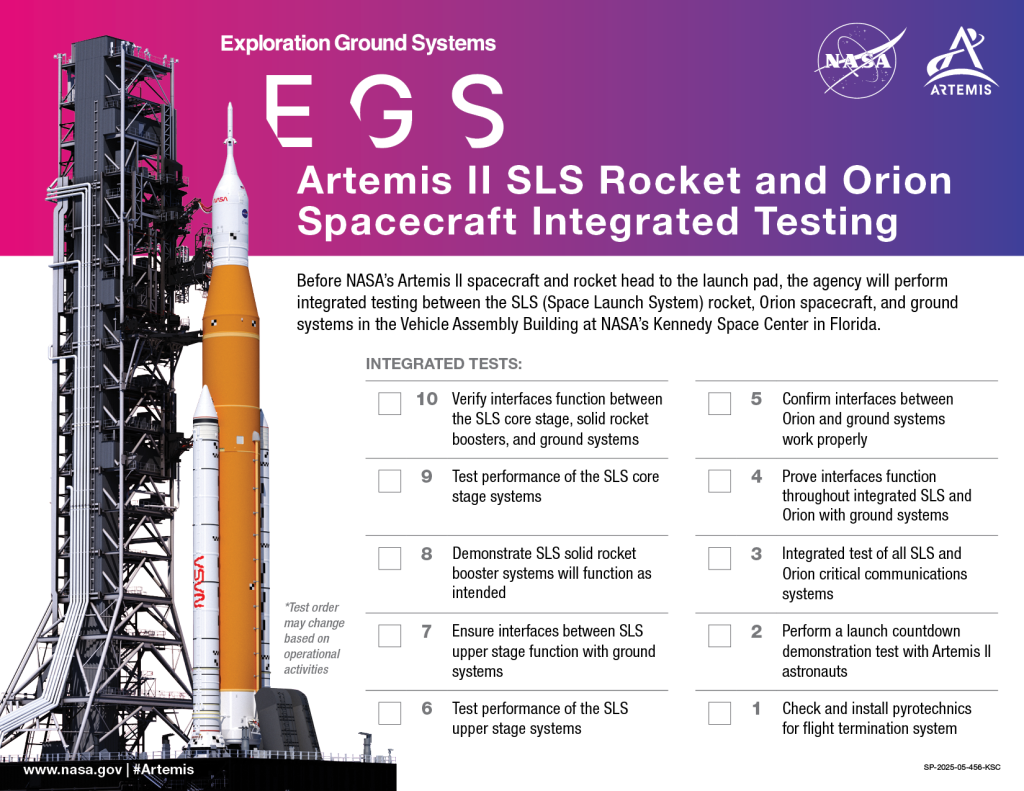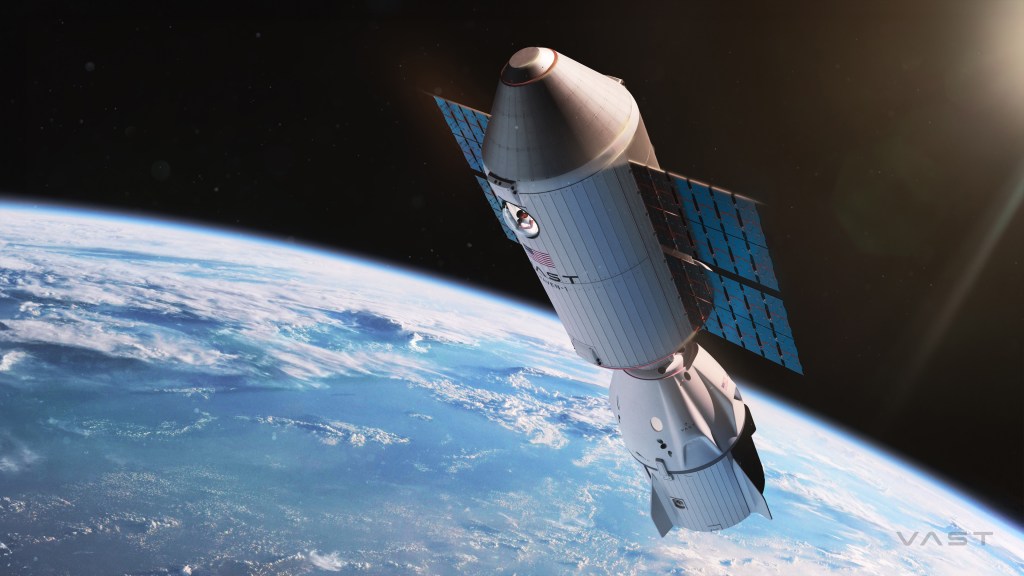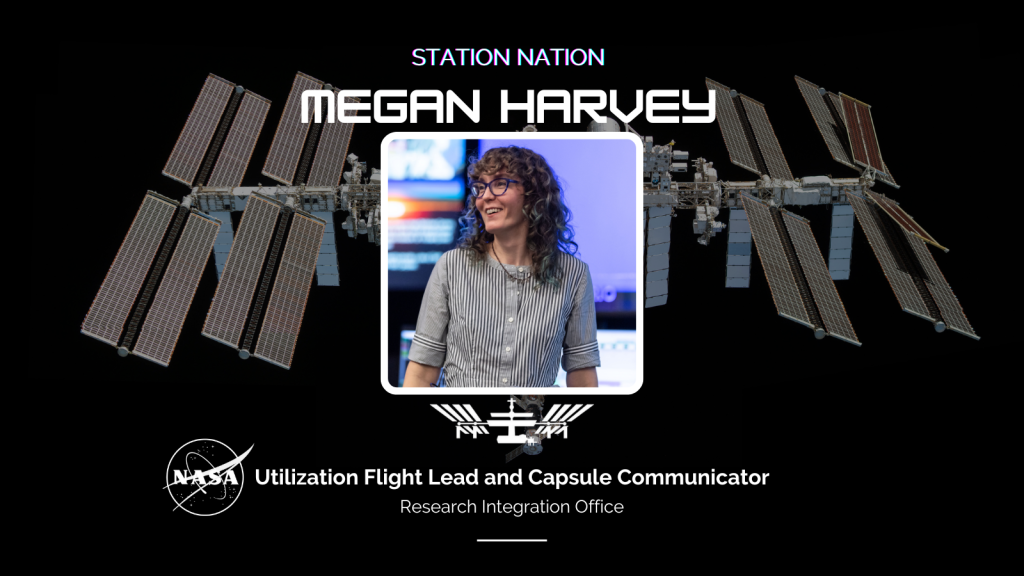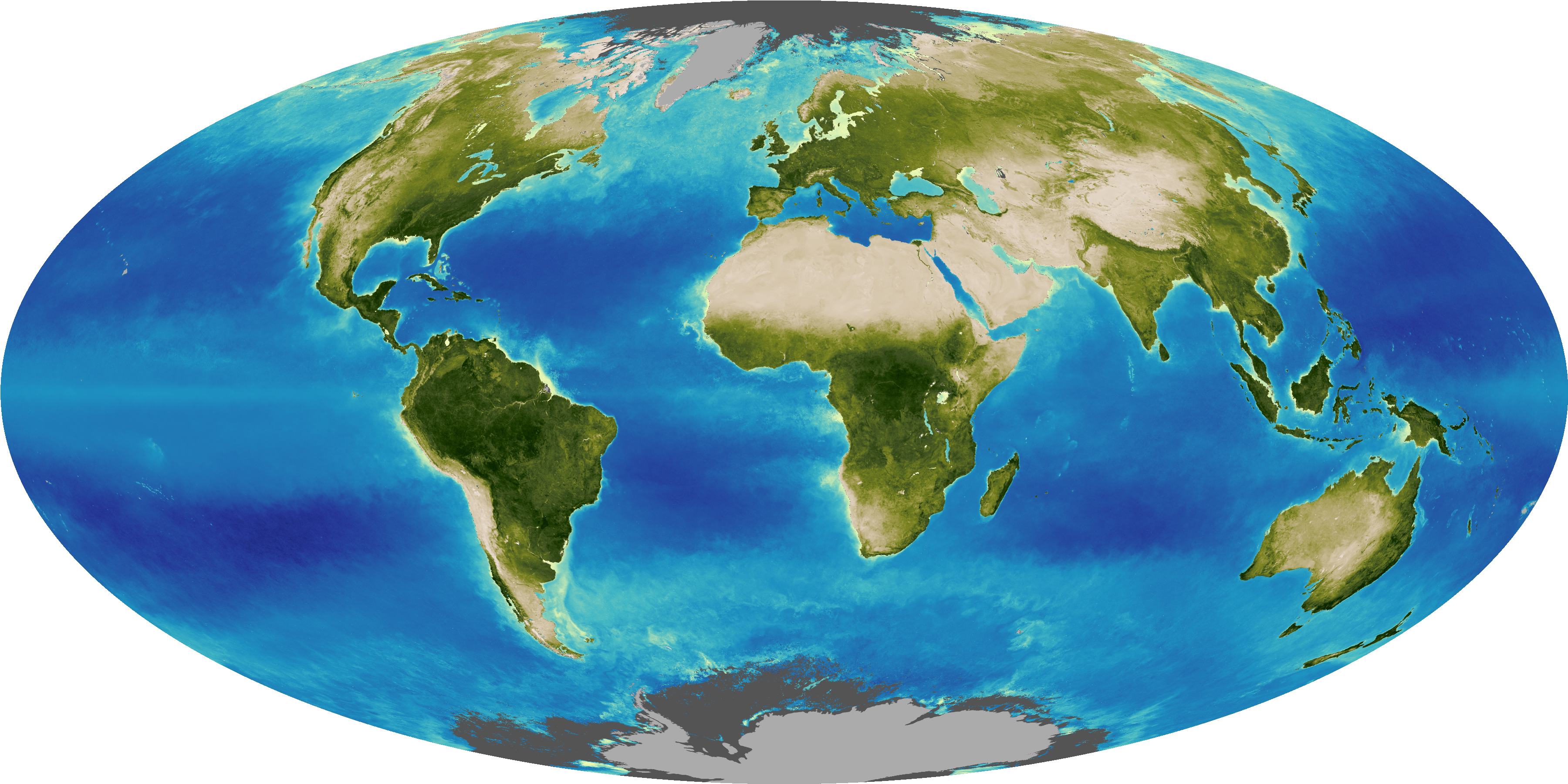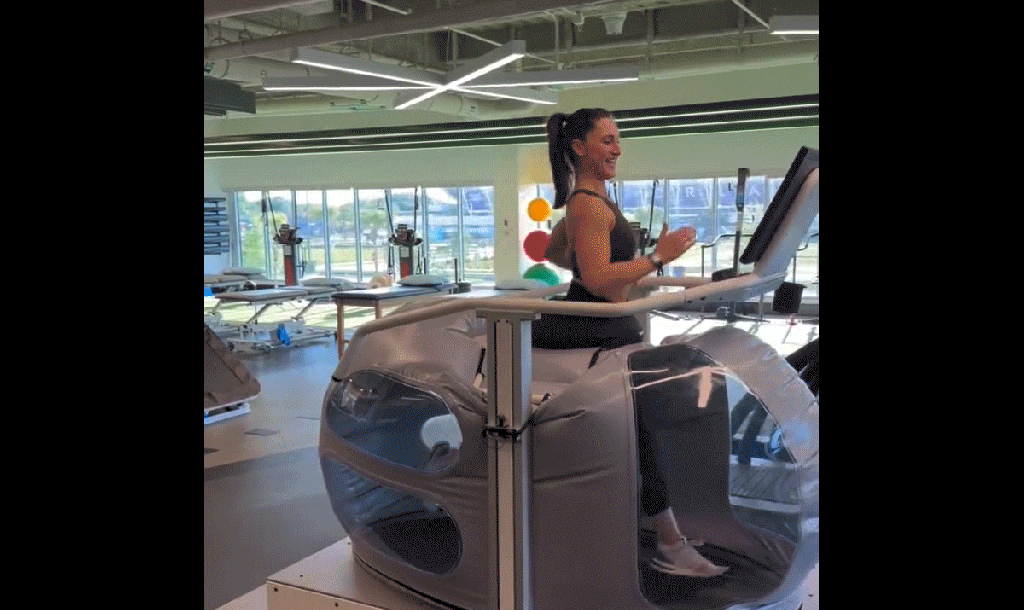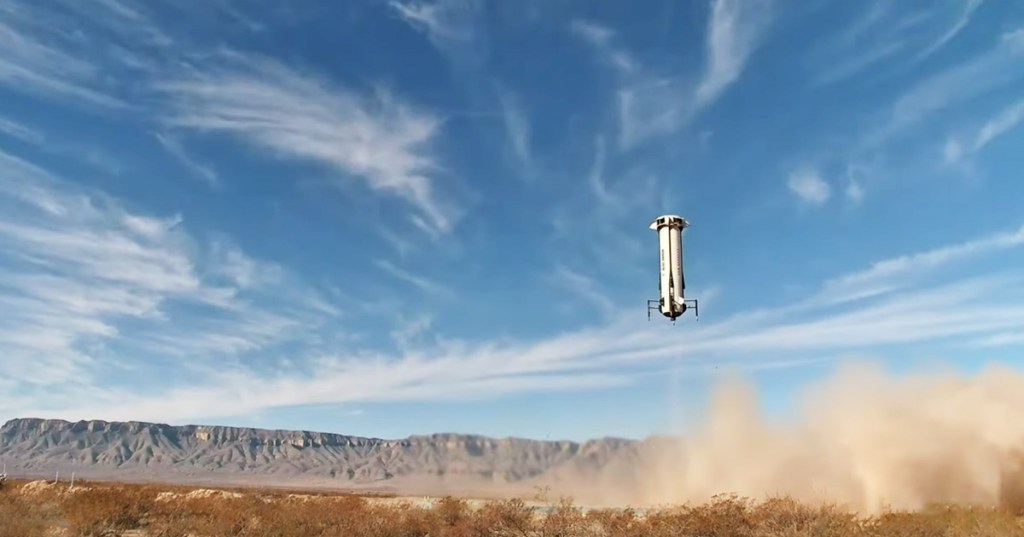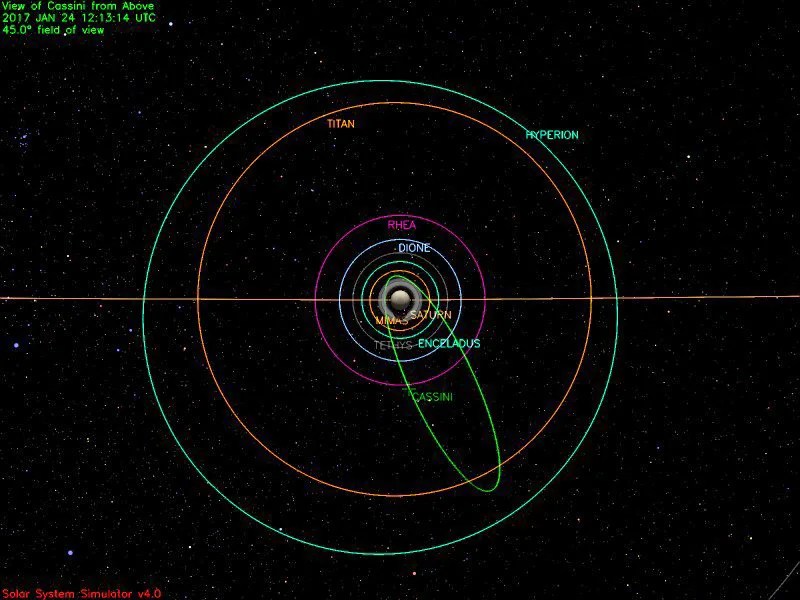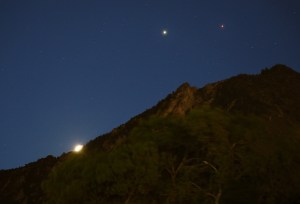Cassini faithfully carried out its scientific observations and engineering activities while speeding around Saturn this week. Back on Earth, teams in several countries continued working on commands to send to the robot explorer. The 10-week command sequence S98 is almost ready to go up. After S98 runs its course, S99 will operate for six weeks, beginning in April.

Cassini faithfully carried out its scientific observations and engineering activities while speeding around Saturn this week. Back on Earth, teams in several countries continued working on commands to send to the robot explorer. The 10-week command sequence S98 is almost ready to go up. After S98 runs its course, S99 will operate for six weeks, beginning in April. Another six-week sequence, S100, goes active in late May. Finally, work began this week on Cassini's last command sequence, the 10-week S101. It will take control in July and carry the spacecraft through its Grand Finale, ending the mission on Sept. 15.
Wednesday, Jan. 18 (DOY 018)
While the spacecraft was on the night side of Saturn, climbing out towards apoapsis, the Ultraviolet Imaging Spectrograph (UVIS) called the shots for 15 hours today, mapping the rotating planet in the extreme- and far-ultraviolet (EUV/FUV) parts of the spectrum. This will add to knowledge of the distribution of hazes and organic compounds at high altitudes in the northern hemisphere. All the other optical instruments participated: the Imaging Science Subsystem (ISS), the Visible and Infrared Mapping Spectrometer (VIMS), and the Composite Infrared Spectrometer (CIRS).
Thursday, Jan. 19 (DOY 019)
CIRS continued pointing towards Saturn's night side, and for 12.6 hours -- more than a full Saturn day -- it mapped the planet's dark northern hemisphere to determine upper troposphere and tropopause temperatures. VIMS rode along. The rings were nearly edge-on, so they only minimally obscured Cassini’s view.
Featured today on the Cassini website today is a discussion about velocity: /news/12990/cassinis-two-speeds .
Friday, Jan. 20 (DOY 020)
Cassini reached apoapsis today. The view from this point more than 1.2 million kilometers from Saturn is illustrated here. The spacecraft's path will take it over the northern hemisphere and towards the rings' outer edge again in just a few days. ISS spent three hours making images along the planet's sunlit limb from this vantage, with UVIS and VIMS riding along.
Saturday, Jan. 21 (DOY 021)
ISS had the spacecraft turn to point its telescopes towards Titan, and studied that moon's thick atmosphere for 90 minutes as part of the Titan Monitoring Campaign; VIMS rode along. This observation was repeated on the following day. Next, UVIS turned back towards Saturn, and completed a 10.5-hour EUV/FUV observation, mapping while the planet made nearly a full rotation; CIRS, ISS, and VIMS rode along.
The Cassini Project Scientist gave a public talk today to the Royal Astronomical Society in Vancouver, Canada.
NASA's Astronomy Picture of the Day selected Cassini's remarkable close-up image of Saturn's 8.4-km long moon Daphnis, and the waves that it induces in the A ring: https://apod.nasa.gov/apod/ap170121.html .
Saturday, Jan. 22 (DOY 022)
Getting ever closer to the ringed planet, UVIS made another EUV/FUV observation of Saturn, with the other optical instruments riding along; today's was 8.6 hours long.
Monday, Jan. 23 (DOY 023)
Cassini dove in over Saturn's northern hemisphere, on its way to today's ring-plane crossing. UVIS spent 10 hours observing Saturn's northern auroral zone, with CIRS riding along. The Radio and Plasma Wave Science instrument (RPWS) continued measuring auroral emissions and the Saturn kilometric radiation (SKR), all part of an inner-magnetosphere survey. SKR is a long-wavelength radio emission that is generated above the planet on magnetic field lines that thread the auroras, and is associated with the auroral generation process itself.
Next, the spacecraft plunged through Saturn's ring plane 21 minutes before whipping by periapsis in its orbit #258 of Saturn. Again, the spacecraft clipped close to Saturn's bright, narrow F ring. For the occasion, Cassini had turned to orient its mass spectrometer towards the incoming particles: The Ion and Neutral Mass Spectrometer (INMS) spent two hours collecting and analyzing stray ring dust. The Cosmic Dust Analyzer (CDA) made measurements for two one-hour intervals bookending the INMS observation. The RPWS is also sensitive to collisions with dust in the ring plane, because the particles ionize upon contact and emit radio bursts. The Magnetospheric Imaging Instrument (MIMI) also observed near the F ring.
Looking back up now towards Saturn's south polar region, VIMS spent nearly eight hours closely observing the auroral zone there; CIRS and UVIS rode along.
Saturn's thousand-kilometer-class icy moon shows off its impacts in the image featured today: /resources/7590 .
A number of Cassini scientists began participating in the week-long "Ices in the Solar System" meeting today in Madrid, Spain, sponsored by the European Space Agency (ESA).
Tuesday, Jan. 24 (DOY 024)
The Deep Space Network communicated with and tracked Cassini on six occasions this week, using stations in Australia. A total of 34 individual commands were uplinked, and about 1,740 megabytes of telemetry data were downlinked and captured at rates as high as 110,601 bits per second.
Cassini Science Planning and Mission Planning staff presented a CHARM teleconference entitled "Planning Cassini’s Grand Finale: Setting the Stage for an Epic Science Opportunity." CHARM is a backronym from "Cassini-Huygens Analysis and Results from the Mission."
Wrap up:
Cassini is executing its set of F-ring-grazing orbits of Saturn, with a period of 7.2 days in a plane inclined 63.7 degrees from the planet's equatorial plane. The 20 orbits are nearly identical, with Cassini's nearest point at about 150,000 km, and furthest point at about 1.28 million km from Saturn. Speeds relative to Saturn at those points (periapsis and apoapsis), are close to 76,150 km per hour and 9,000 km/h respectively.
The most recent spacecraft tracking and telemetry data were obtained on Jan. 25 using the 70-meter diameter DSN station in California. The spacecraft continues to be in an excellent state of health with all of its subsystems operating normally except for the instrument issues described at http://saturn.jpl.nasa.gov/anomalies .
The countdown clock in Mission Control shows 234 days until the end of the mission.
This illustration depicts Cassini's path up to mid-day Jan. 24, 2017.





